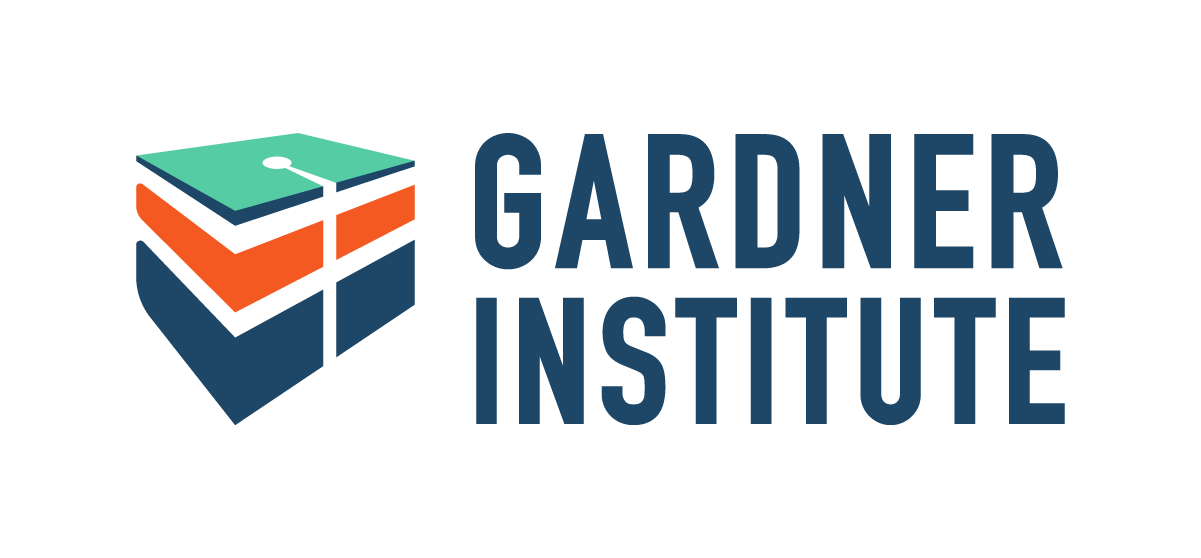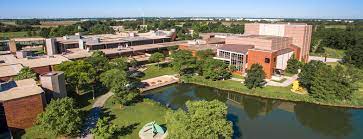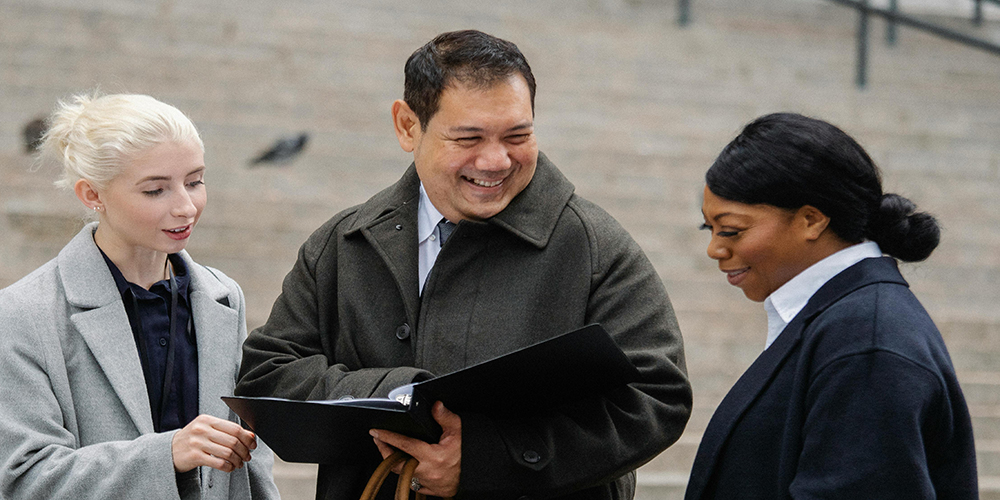Continuous Improvement with the Curricular Analytics Community— Governors State University
The Curricular Analytics Community is a process that utilizes improvement science and curricular analytics tools to identify opportunities for equitable curriculum redesign. The goal of this community is that curricular redesign will increase equitable persistence and graduation rates. Guided by a theory of improvement, institutional teams follow a process to Plan, Do, Study, and Act; resulting in visualizations which are then downloaded as a final report and plan that can be implemented at your institution.
Goal
Governors State University began working with the Gardner Institute to improve access, persistence, and completion for students, especially those that are historically underrepresented.
Their goals were to:
- Increase the pass rate for licensure candidates
- Unblock barriers to persistence and completion by looking at curriculum
Process
Throughout this process the team was able to identify barriers throughout their institution.
Utilizing data had a tremendous impact on redesign efforts.
The Governors’ State team was able to:
Increase the number of programs with academic plans from ⅓ to all 67 programs having a 4 year plan.
Provide programs with information to complete program reviews with DEI lens and requesting them to complete improvement plans
Immediately implement changes for their Graduate program which helped to improve access
This process also had a personal impact for our participants. Joi Patterson PhD,
Chief Diversity Officer, was asked to participate as a team member in the Curricular Analytics Community and later served as a facilitator for her team. Through this experience she was able to develop skills which continue to impact her work in her new role.
“Going into this role, having the responsibility of facilitating the [Curricular Analytics Community] initiative for us really helped to ground and solidify some of the work that needed to be done through the DEI position”.
The Gardner Institute’s community- focus helped bring together key players to address issues. One of the guidelines for participation in the community is to involve a range of institution members who will work towards an equity-focused retention process at your institution. For Joi’s team, this included: Chief Diversity Officer, Provost, institutional researcher, Vice President of enrollment management and student affairs, Associate Provost, and 2 faculty coordinators.
Joi credits many changes coming from having the right people in the room,
“by putting us together. creating this energy and these different perspectives, and bringing all of our skills together to actually make all these things happen. So I think that was really important, I think the diversity in the group has really added a tremendous amount of value.”
Key Insights
- Immediately identify barriers and implement redesign plans
- Program improvement across institution
- Institution member skill development
Next Steps
The team’s work with the community has made a positive impact with the institution, but the work is still ongoing.
They will continue to use the tools provided by the Gardner Institute for more of their courses.
Work with Gardner institute is, “ Helping us to move from being reflective to being proactive and improving our programs on a continuous basis”.

Joi Patterson, Ph.D.
Chief Diversity Officer






